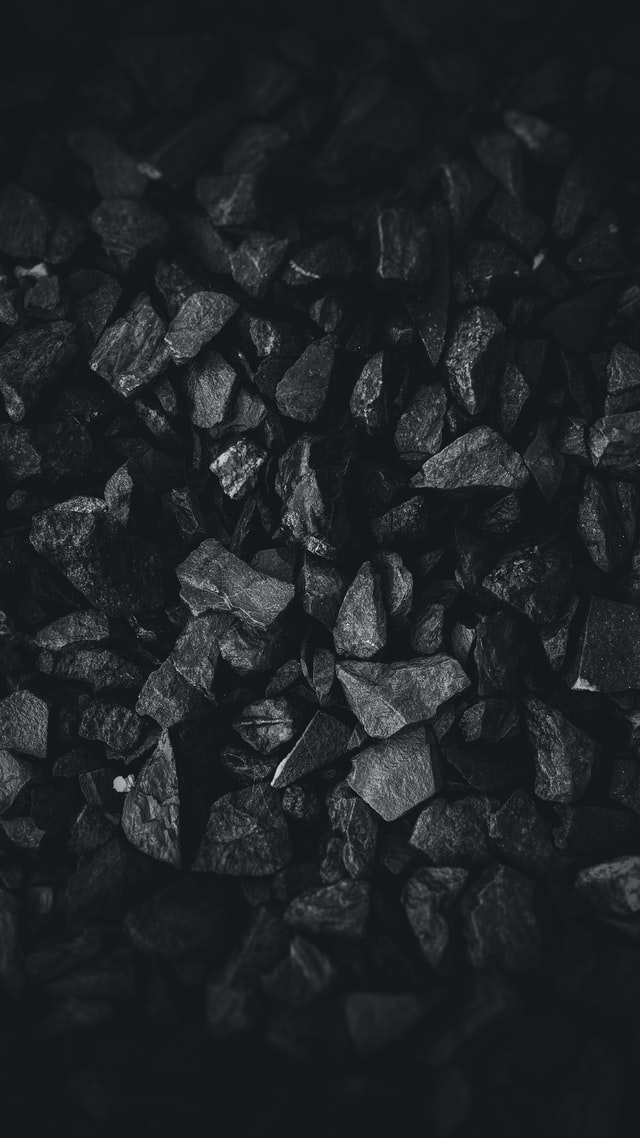When we talk about NCR paper, we mean ‘No Carbon Required’ paper. This means that in order to make a copy of a pencilled or penned document, invoice or list, you don’t need to insert a carbon layer between the pages. But what is carbon? How does it function in old fashioned copying paper? We find out…

What is carbon? The chemistry
Carbon is a chemical element found on the periodic table under the chemical symbol ‘C’. It has the atomic number 6 and is the 15th most abundant element in earth’s crust. Carbon is very versatile and can form many different allotropes (states where the atoms of the carbon bond together in a variety of different ways). Well known carbon allotropes include graphite (found in pencils) and diamond.
The substance found in a graphite pencil, and the shiny gem found in jewellery are essentially the same chemical substance, just with the atoms rearranged. Graphite is obviously very soft- that’s why you can write with it and it will leave a residue on the page in the form of letters or words. Diamond, by contrast, is an extremely hard substance. The key difference between the two is simply a rearrangement of the atoms within carbon.
What is carbon? The etymology
The word ‘carbon’ comes from the Latin word ‘carbo’ meaning ‘coal’. Indeed, coal is made up majoritively of carbon, with some additions in the form of hydrogen, oxygen and sulphur. Interestingly, in German, Dutch and Danish, the words for carbon are ‘kohlenstoff’, ‘koolstof’ and ‘kulstof, all meaning literally: ‘coal-substance’.
We often use the phrase ‘carbon footprint’ nowadays. This refers to one of the oxidised states of carbon, carbon dioxide. The phrase refers to the amount of carbon dioxide emitted during a process and ‘a measure of how that process contributes toward global warming’ (Phrases.org.uk).
Carbon: uses and practicality
Carbon is a naturally occurring element that plays a vital role in all ecosystems. However, we also employ carbon for a variety of uses. We use hydrocarbons in fuel. Carbon steel (formed with carbon and iron) is often used in various industries and graphite (often combined with clay) forms materials for writing and drawing.
Charcoal (a form of carbon) is used for artwork, barbeques and smelting.
Carbon paper
When we talk about NCR paper we mean that no carbon is required. This is specified because there was once a time when, in order to make copies of paper, one would have to insert a carbon sheet between two sheets of paper. This paper was called carbon paper or carbonic paper. It featured pigment from what we would now think of as graphite, mixed with wax, and allowed for a duplicate print to be created by writing on the uppermost paper.
For more information on the history of NCR paper and how carbon paper became obsolete, check out our article: All About NCR Forms.